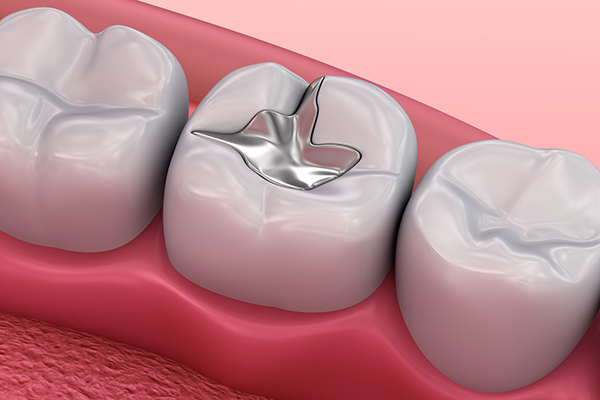 When one is looking to find a dentist, it is important to understand the basic dental procedures that may be recommended. Dental fillings are one of the most frequently used restorations used in dentistry to treat cavities. There are two common types used, including silver and tooth-colored fillings. To make informed treatment decisions, patients should do ample research before a dental appointment.
When one is looking to find a dentist, it is important to understand the basic dental procedures that may be recommended. Dental fillings are one of the most frequently used restorations used in dentistry to treat cavities. There are two common types used, including silver and tooth-colored fillings. To make informed treatment decisions, patients should do ample research before a dental appointment.
Types of dental fillings
Dentists choose a filling material based on several factors, including the size of the cavity, tooth anatomy, and patient compliance. Each situation is unique, so it is important to understand why a certain material may be chosen.
Amalgam
The Oxford dictionary defines amalgam as "a mixture or blend." Amalgam dental fillings are simply a mixture of different metals, including mercury, silver, tin, and copper. The mercury is in a liquid state and is mixed with a powder made from the other metals. This process makes the mercury nonreactive.
According to the American Dental Association, amalgam restorations have been used for over 100 years. Dentists often choose this material due to its strength and ease of placement. Silver fillings are sometimes used in cavities on the back teeth because they are made of durable metal that can withstand chewing forces. They are typically not used on the front teeth for aesthetic reasons.
The ADA notes that research has shown silver fillings may last longer than tooth-colored ones. This is a consideration for patients who have chronic issues with tooth decay. It is important to find a dentist who is willing to consider these factors when making a treatment plan.
Composite
Composite or resin restorations are relatively new in the field of dentistry. According to Dentistry Today, the first composite was created in 1962. While silver fillings are locked into place by mechanical bonding, resin ones are sealed with a chemical bond. Once the resin material is placed in the tooth, the dentist uses a curing light to bond it into place.
These restorations are the most natural looking and come in many shades. This allows the dentist to match the color of the filling to the color of the surrounding tooth. Some patients prefer this type of restoration strictly based on its aesthetic properties.
The American Dental Association recommends that this type of filling material be used on small to moderate-sized cavities. The composite material is weaker than metal, so it may not last as long on back teeth. However, it is a natural choice for restoring the front teeth.
Conclusion
Preventive dental care is important to stop cavities from happening in the first place. Fortunately, fillings are one type of restoration that can be used to treat decay. Because this treatment has been used successfully for such a long time, dentists can confidently recommend it. Patients should find a dentist with whom they feel comfortable discussing treatment options, and in this way, an informed decision can be made.
Request an appointment or call Wissler Myers & Kallies Family Dentistry LLC at 740-780-0625 for an appointment in our Chillicothe office.
Related Posts
When trying to find a dentist online, there are several factors to keep in mind to conduct a thorough and successful search. No one should skimp on this task, as a dentist plays a major role in maintaining oral and overall health. Changing dentists down the road can be a hassle, so getting it right…
Strong oral hygiene habits are not a substitute for having regular check-ups and cleanings by a dentist. It is important to find a dentist who focuses on oral health and general dentistry when looking to make a dental check-up. By scheduling routine cleanings, concerns with cavities and gum disease will not go unnoticed or unaddressed.Rather…
Anyone who moves to a new town must find a dentist as soon as possible to continue the maintenance necessary for a healthy mouth. Taking time to research the options available through various sources can ensure a long-term relationship with a knowledgeable dental professional.The steps for finding dental services are similar to those necessary for…
